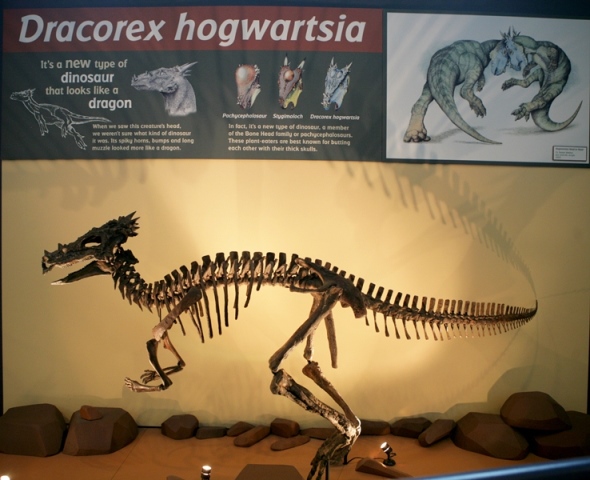
A wyvern is a bipedal, winged dragon usually depicted with a tail ending in an arrow-shaped tip. The wyvern has become very important to heraldry, frequently appearing as a mascot of schools or teams. The wyvern was rarely fire-breathing, unlike the four-legged dragons. But what inspired this strange creature?

Wyverns are often seen as the smaller, more animalistic variants of dragons. Depictions of dragons that match the wyvern description have been around since Late Antiquity (~235-651 AD), though the term would not be conceived until the early 17th century. The term was used to distinguish the four-legged and two-legged dragons in English and French mythology.
The name Wyvern comes from the Middle English wyver, which in turn comes from the Old North French word guivre meaning poisonous snake. It is also thought the word Wyvern was influenced by the alternative meaning of guivre which means javelin. Medievalist William Sawyers noted similarities between a snake and a javelin fletched in arrows. He concluded that when javelins fell out of favor in the two meanings of the words were melded together into the new word and creature of Wyvern.

Paleontologists have long believed the myth of dragons originated from ancient civilizations finding dinosaur bones before understanding what they were. The case of the wyvern is no different. The myth of the wyvern has been traced back to a specific animal.
Dracorex hogwartsia literally translates into “The Dragon King of Hogwarts.” With a name like that you can probably tell this specimen was not formally named until 2006. However, it has been around for much longer than that.

Dracorex belonged to a group called Pachycephalosaurs. These are most commonly recognized as the dinosaurs with domes on their heads and possibly head-butted. Dracorex was found in the Hell Creek Formation of South Dakota.
This animal was a herbivore and had a skull with spiky horns, bumps, and a long muzzle. Unlike others in the group, it had a heavily-armored flat skull.

Typical depiction of a Wyvern 
Typical depiction of Dracorex
The horns and nodes along the skull of this creature look very similar to how dragons and wyverns are typically depicted. The short arms of the Dracorex could be easily seen as winged arms like bats. The length of the body can be up to 4.5 m. With its round body and slender tail, the size of the creature could easily been seen as a nightmarish monster.

On a side note, biologically, wyverns make the most sense for a dragon form. In the animal kingdom, if an animal gains powered flight, they typically lose the use of their front limbs. The front limb merges with the wing. This can be seen in bats and birds.
The image of a typical dragon with the four individual limbs as well as two wings would not happen if it were to naturally evolve. Wyverns also typically do not breathe fire. While many animals have biologic defenses such as spitting acid, fire breathing has not been seen as there is no source within a creature’s body to pull from.

The mythology of wyverns is fascinating and the creature that inspired them is even more so.
Sources:
https://dragons.fandom.com/wiki/Wyvern
https://www.childrensmuseum.org/blog/meet-dracorex-hogwartsia-v2